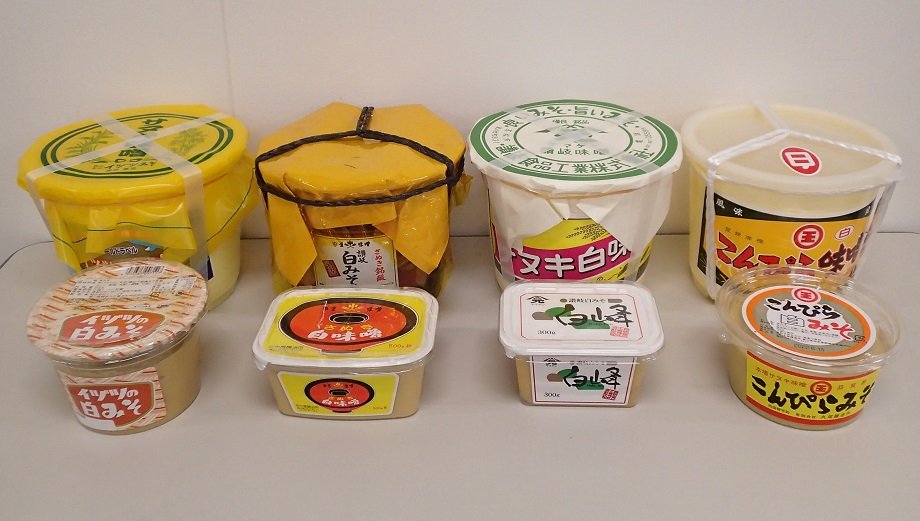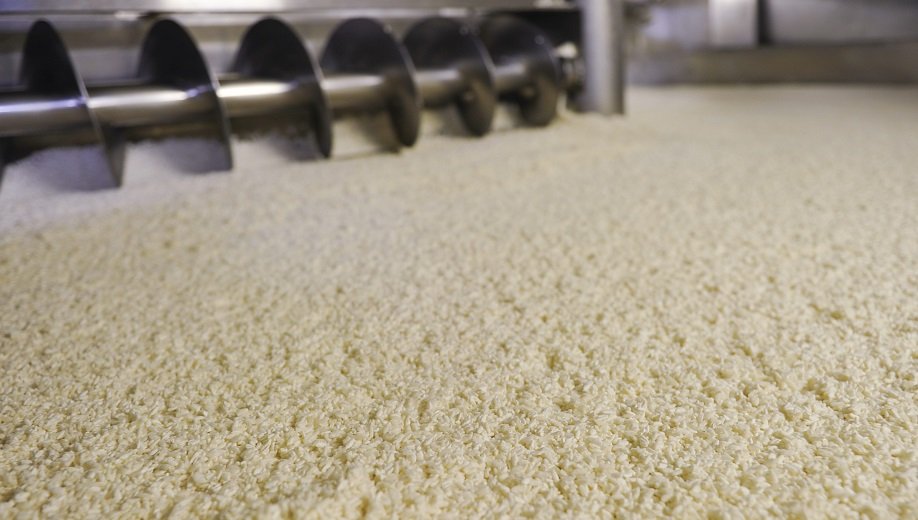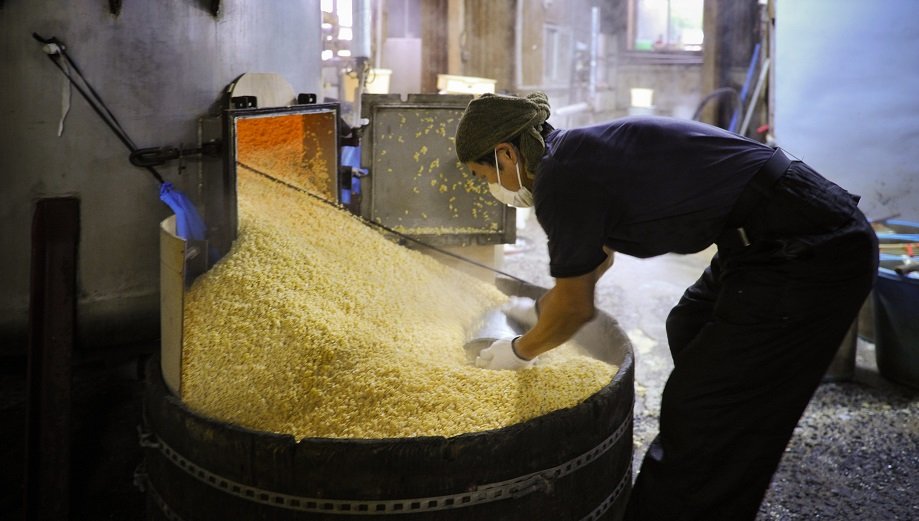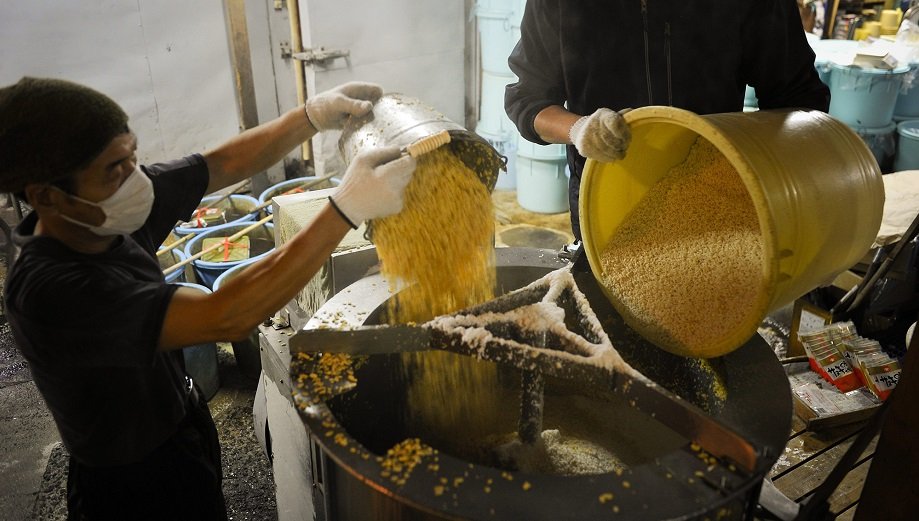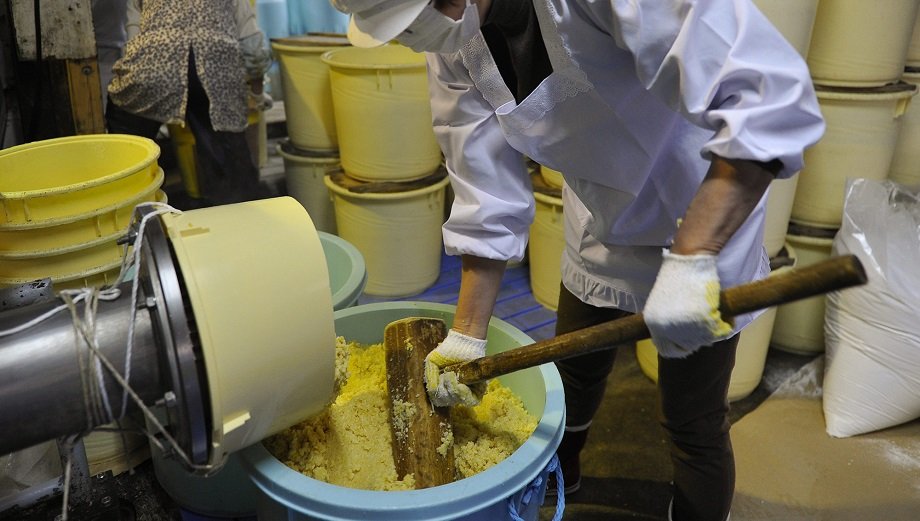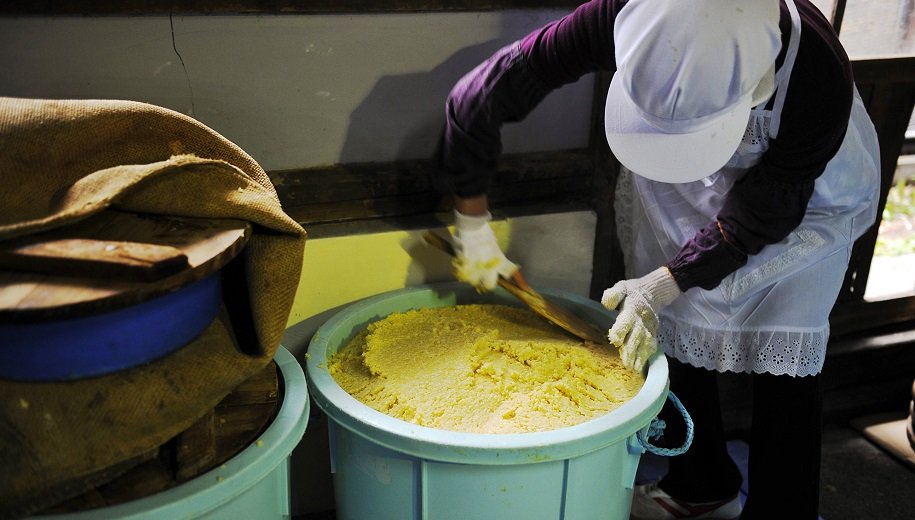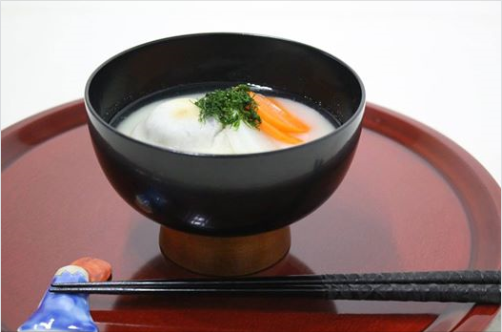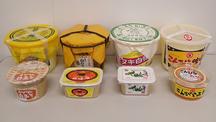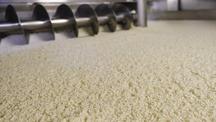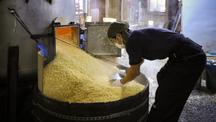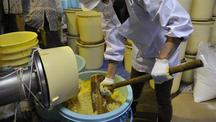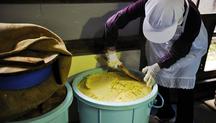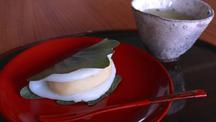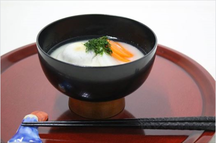Sanuki shiro miso
| Registration Number | 124 |
|---|---|
| Name of the GI | Sanuki shiro miso |
| Class | Processed Foodstuffs |
| Date of Protection | 2023/01/31 |
| Producing Area | Kagawa Prefecture |
| Applicant - Name and Address | Kagawa Prefecture Miso Industrial Cooperative 10-27-52 Marunouchi, Takamatsu City, Kagawa Prefecture, 760-0033, Japan |
Producing Area
"Sanuki Shiro Miso" is a white miso with a smooth, translucent cream-colored appearance, low salt content, and high sugar content. It has long been an essential ingredient in many local dishes in Kagawa Prefecture. The product has also been a favorite ingredient in Shiro Miso Zoni (1) in the Kansai region.
The main ingredients of "Sanuki Shiro Miso" are rice, soybeans, and salt. Twice as much rice as soybeans are used for making rice malt. In order to make smooth and white miso, soybeans are dehulled, soaked in water for at least eight hours, and boiled from cold water while changing the water well over twice.
The hot freshly boiled soybeans are mixed with rice malt (a process called "hot preparation"). The prepared miso is packed into containers and left to ferment and mature for a short period, within seven days.
Finally, the matured miso is ground with a mortar or other similar equipment to make a smooth cream.
Kagawa Prefecture, where "Sanuki Shiro Miso" is produced, has the characteristic warm climate and low precipitation of the Seto Inland Sea region (2) and was a major growing area of rice, soybeans, and salt, which are the raw materials of shiro miso (white miso). Long ago, local farmers used to make homemade shiro miso soon after harvesting rice in autumn by mixing steamed soybeans, a relatively large quantity of rice malt and salt, and maturing the miso. The history of miso-making in the area is long and is believed to have started during the Heian period (3) when the preparation method was transmitted from Kyoto.
Commercial production of shiro miso in Kagawa Prefecture has flourished since 1950. Shipment to Kyoto-Osaka-Kobe area, where demand for sweet shiro miso has been high, increased because transportation by ship (the then major means of transportation) was convenient; and the increase drove the development of shiro miso production.
"Sanuki Shiro Miso" is used in many local dishes, supports the food culture of Kagawa Prefecture, and is an essential ingredient on household tables from season to season.
Today, there are four manufacturers of "Sanuki Shiro Miso." Although the volume of shipments of the product has been declining in recent years due to the diversification of eating habits, etc., the manufacturers are working to expand sales channels in new markets, such as by developing exports to overseas markets, mainly in South-East Asia.
- Zoni is a Japanese soup containing grilled mochi, cooked chicken, and green vegetables and flavored with dashi (soup stock) and soy sauce or miso. It is a traditional dish eaten in the Japanese New Year (January) to pray for safety in the coming year. The preparation methods vary by region. In the Kansai region, white miso is often used to flavor zoni. In the Kanto region and regions in Western Japan other than the Kinki area, a clear soup called sumashi-jiru is common.
- Seto Inland Sea region is the area surrounding the Seto Inland Sea, which is surrounded by Honshu (the main island of Japan), Shikoku, and Kyushu, and includes Hyogo, Okayama, Hiroshima, Yamaguchi, Tokushima, Kagawa, and Ehime Prefectures. Being an inland sea, it is calm and the climate in the region is warm.
- Heian period (794 to 1185AD) is a time division in Japanese history. The approximately 390-year-long period extends from the time when Emperor Kammu moved the capital to Heiankyo (present Kyoto City) until the establishment of Kamakura shogunate. It was when the emperor-centered political system based on the Ritsuryo codes shifted to aristocracy and governments by retired emperors and samurai. The Japanese medieval culture, including Buddhist and aristocratic cultures, also flourished during this period.
